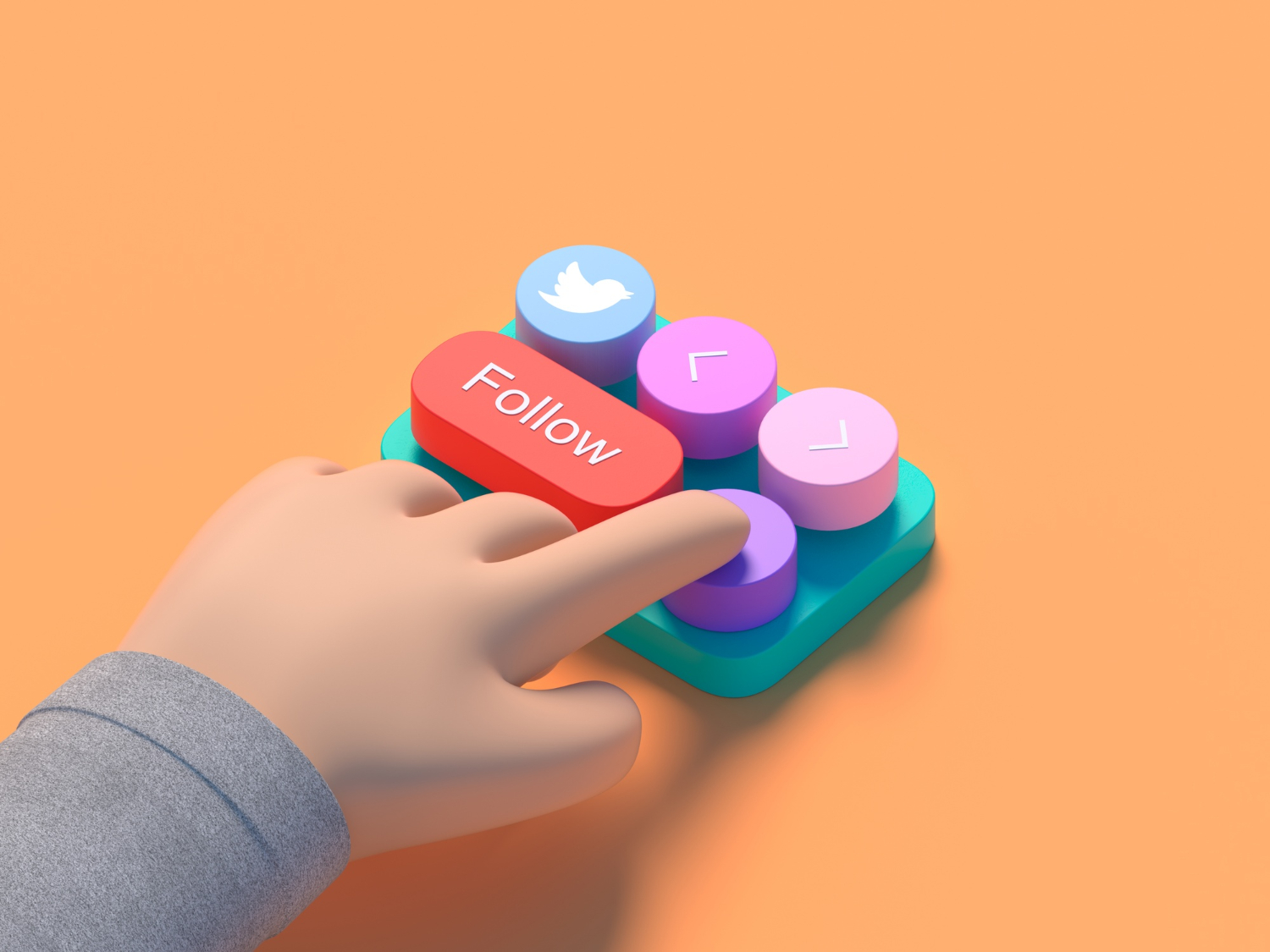Introduction:
Call-to-Action (CTA) buttons play a crucial role in driving conversions and achieving desired outcomes on websites, landing pages, and digital marketing campaigns. A well-designed CTA button can significantly impact user engagement, encourage click-throughs, and ultimately lead to conversions. This article will delve into the key aspects of implementing effective CTA buttons, including their role in driving conversions, designing attention-grabbing and persuasive elements, and leveraging A/B testing for optimization.
The Role of CTA Buttons in Driving Conversions:
CTA buttons act as the final step in the conversion funnel, prompting users to take a specific action. They serve as clear and actionable cues, guiding visitors towards the desired objective, such as making a purchase, signing up for a newsletter, or downloading an e-book. Well-crafted CTA buttons provide a sense of urgency, highlight the value proposition, and create a seamless user experience, thereby increasing the likelihood of conversions.
Designing Attention-Grabbing and Persuasive CTA Buttons:
- Placement and Visibility: Position your CTA buttons strategically, ensuring they are easily noticeable without being intrusive. Place them above the fold, use contrasting colors to make them stand out, and leverage whitespace to enhance visual prominence.
- Clear and Concise Text: Craft concise and action-oriented copy that clearly communicates the benefit of clicking the button. Use strong verbs and persuasive language that compels users to take immediate action. For example, instead of a generic “Submit” button, consider using more engaging phrases like “Get Your Free Trial Now” or “Start Saving Today.”
- Compelling Design: Pay attention to the visual design of your CTA buttons. Choose colors that align with your brand and evoke emotions that resonate with your target audience. Utilize color contrast to make the button visually striking. Incorporate visual cues such as arrows or icons to draw attention and reinforce the desired action.
- Size and Shape: Opt for a button size that is large enough to be easily clickable on various devices. Ensure the button is well-proportioned, with adequate whitespace around it. Rectangular or rounded shapes tend to work well, as they are familiar and visually appealing.
- Hover and Click States: Add subtle animation or visual cues to the CTA button when users hover over it or click on it. This feedback reinforces interactivity, captures attention, and increases engagement.
A/B Testing and Optimizing CTAs for Maximum Impact:
Implementing A/B testing is essential for optimizing CTA buttons and maximizing their impact on conversions. Here’s how you can leverage A/B testing effectively:
- Test Button Copy: Experiment with different variations of your CTA button text to determine which wording resonates best with your audience. Test different phrases, lengths, and tones to identify the most persuasive and impactful messaging.
- Color and Design: Test different color schemes, button shapes, and visual elements to see which combination elicits the highest engagement. Small tweaks to the design can significantly impact user behavior.
- Placement and Size: Test different positions and sizes for your CTA buttons. Assess whether placing them above the fold or further down the page generates higher conversion rates. Experiment with button sizes to strike a balance between visibility and design harmony.
- CTA Button vs. Text Link: Test whether using a CTA button or a text link generates better results for specific scenarios. Certain audiences may respond more favorably to buttons, while others may prefer text links.
- Iterative Testing: Continuously iterate and refine your CTA buttons based on insights gained from A/B testing. Analyze data, monitor conversion rates, and make data-driven decisions to optimize your CTAs over time.
Conclusion:
Implementing effective call-to-action (CTA) buttons is vital for driving conversions and achieving desired outcomes. By understanding the role of CTAs in conversions, designing attention-grabbing and persuasive elements, and leveraging A/B testing for optimization, you can enhance user engagement, boost click-through rates, and ultimately maximize the impact of your CTAs. Continuously test and iterate to find the perfect combination of design, messaging, and placement that resonates with your target audience, leading to increased conversions and business success.









